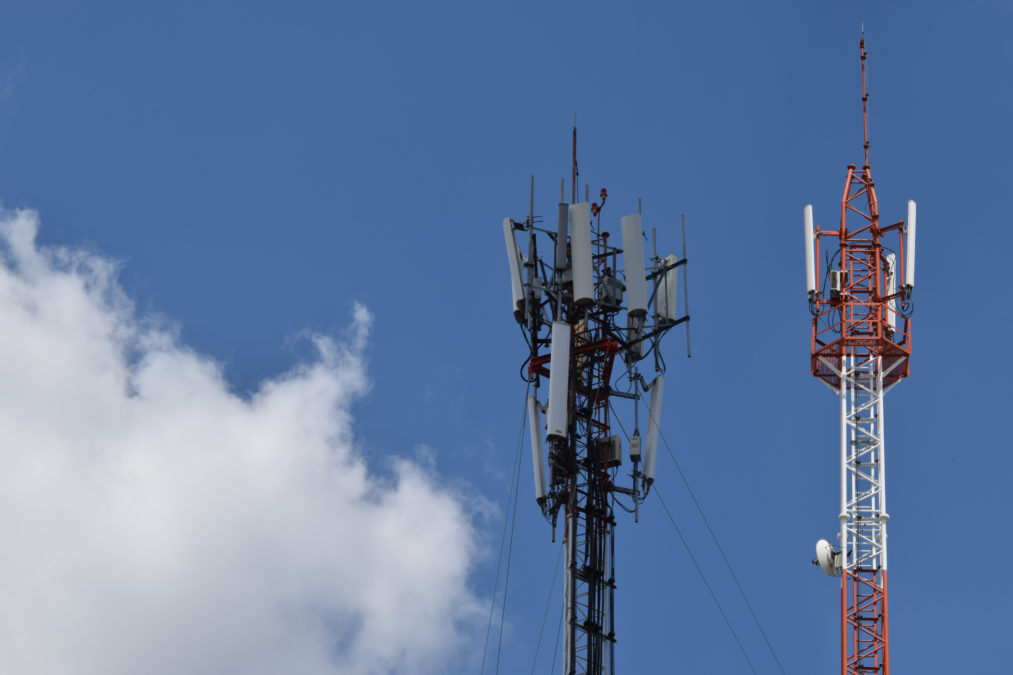The telecommunications sector ranks as one of the worst businesses sectors in its handling of cyber threats.
According to the report from EfficientIP, 43% of telco organisations suffered from DNS-based malware over the past 12 months. It was also highlighted that 81% took three days or more to apply a critical security patch after notification.
Time and money
DNS attacks cost telco organisations, like any other, significant time and money.
In general, telcos are taking too long to mitigate an attack; requiring an average of three employees to collectively spend over 17 hours per attack.
Due to how time-intensive the mitigation process can be, the report found that the average cost per DNS attack is rising for the telecommunications sector. Last year, a single DNS attack cost a telco organisation $622,100. This year the research shows telcos lose an average of $886,560 from each DNS attack, an increase of 42% in just 12 months.
Telecoms industry and DNS attacks: attacked the most, slowest to fix
Commenting on the reason behind these attacks, David Williamson, CEO of EfficientIP says: “Telco organisations attract complex, sophisticated cyber attacks as they hold sensitive customer data, and are also critical for providing unified communication services to businesses With a large part of their customer base operating online, strong network security has become a business necessity for the entire telco sector in general. Ensuring consistency and reliability in service is a crucial step towards providing elevated customer satisfaction.”
Reputational damage
The ramifications on telcos’ brands, while undergoing cyber attacks, is damaging.
Brand reputation was likely to suffer due to service issues:
• 45% had to close down specific affected processes and connections.
• 38% suffered cloud service downtime.
• 33% reported a compromised website.
• 31% endured in-house application downtime.
• 30% reported sensitive customer information stolen.
Top 3 telecom trends for 2018
Recommendations for telcos
Working with some of the world’s largest telecommunication brands such as Orange and Vodafone to protect their networks, EfficientIP recommends five best practices:
• Rethink and simplify DNS architectures by replacing intermediary security layers with an adapted DNS security solution. As well as reducing administration and maintenance costs, this helps guarantee availability of service.
• Augment your threat visibility using real-time, context-aware DNS transaction analytics for behavioral threat detection. Businesses can detect all threat types, and prevent data theft to help meet regulatory compliance such as GDPR and US CLOUD Act.
• Apply adaptive countermeasures relevant to threats. The result is ensured business continuity, even when the attack source is unidentifiable, and practically eliminates risks of blocking legitimate users.
• Decentralise DNS architecture to cope with heavy growth of traffic. In addition to enhancing user experience, placing purpose-built, high performance DNS servers in points of presence significantly improves security against DDoS attacks.
• Incorporate DNS into a global network security solution to recognize unusual or malicious activity and inform the broader security ecosystem. This allows holistic network security to address growing network risks and protect against the lateral movement of threats.










